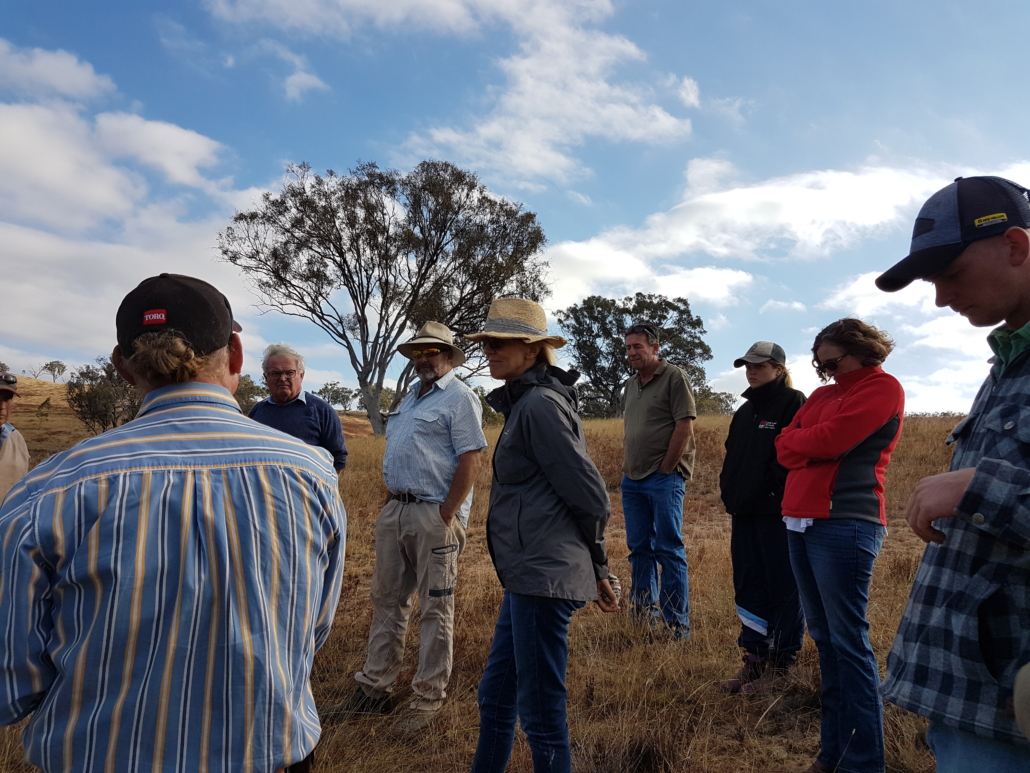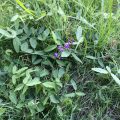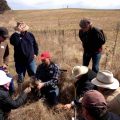What we all know is coming!
Published 23rd June 2023. Written by Maddison O’Brien
Drought is a natural and inevitable part of the Australian climate. As we all know from the not-so-distant 2017 – 2022 drought, strong El Nino conditions can have severe impacts on the productivity and sustainability of farming lands and can lead to devastating impacts on communities and the overall environment. However, there are ways that graziers can reduce the risks and costs of drought by planning and adopting proven practices that can enhance drought resilience.
These practices can lead to better long-term sustainability and reduce the risk of erosion and salinity. No one wants to live in a dust bowl!
One of these practices is rotational grazing, which is a tool to enhance soil and pasture growth by allowing adequate rest periods for plants to recover. Rotational grazing also helps to maintain ground cover, which should be protected as a priority so that soils can bounce back instead of being washed away once drought-breaking rains finally do come.
One of the most important aspects of drought preparedness is managing the stocking rate to match the carrying capacity of the land. This means destocking early when drought conditions are forecasted or observed to conserve natural resources such as soil, water and vegetation. Destocking early can also reduce animal stress, improve animal welfare and health, and avoid forced sales at low prices.

The Grazing Group explores topics around sustainable farming practices that increase resilience to drought and flood.
If stock must be retained, then feed budgeting and sacrifice paddocks are essential tools to ensure adequate nutrition and minimise land degradation. Feed budgeting involves estimating the amount and quality of feed available and required for the stock over a given period and planning accordingly, with reserves. Tools such as grazing charts are designed to help manage these factors. Sacrifice paddocks are designated areas where stock are confined and fed with hay and supplements while protecting the rest of the farm from overgrazing and erosion.
Another key element of drought preparedness is building a strong and supportive community that can help each other through tough times. The Watershed Landcare Grazing Group supports graziers and provides opportunities to build connections, share experiences and learn new skills. The group organises regular events and activities that cover topics such as pasture management, soil health, animal nutrition, water efficiency and more. The group also fosters a culture of collaboration, innovation and resilience among its members. Graziers of all experience levels are welcome in this group and anyone interested to find out more about our upcoming events can contact brooke@watershedlandcare.com.au.
Drought preparedness is not only a matter of survival, but also an opportunity to improve farm performance and sustainability in the long term. By planning ahead and adopting best practices, farmers and graziers can reduce the negative impacts of drought and enhance their resilience to future challenges.







